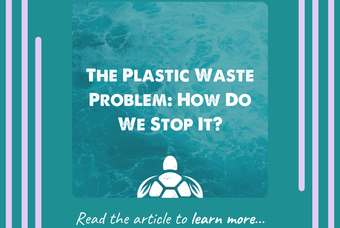The News-Hub/ Articles
Back to Articles
Recommended Articles
Learning the Recycling Symbols & The Resin Codes
What are the Different Resin Codes?

What’s The Purpose of the Resin Code?
A plastic resin code, or ‘Resin Identification Code’, shows the consumer which type of plastic resin was used to make the chosen product, whether that be a plastic bottle, container or jug. The resin is usually defined between 1-7, and the relevant number will appear in the centre of the arrows on the label that is placed on the product.
What do the Resin Code Numbers Mean?
Within the UK, #1 and #2 can usually be recycled. However, resin code #3 is not typically collected from households and is in decline. With the introduction of the plastic bag tax, resin code #4 now means that plastic bags can be given back to supermarkets for reuse. Finally, resin code #5 and #6 are usually now recycled whereas resin #7 is usually not.
How Do I Know What Can Be Recycled in My Local Area?
Empty content. Please select category to preview











0 comments. Write a comment